Nepal - Day 3 - Part 2 - The All-Seeing Eyes and Ancient Squares
Posted on 21/10/25
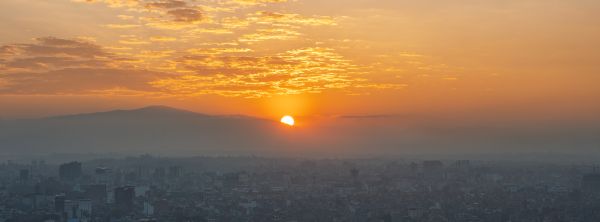
Swayambhunath: The Monkey Temple
After the profound spiritual experience at Pashupatinath, I made my way to one of Kathmandu's most iconic sites – Swayambhunath Stupa, affectionately known as the Monkey Temple. Perched atop a hill on the western edge of the Kathmandu Valley, this ancient religious complex is said to be over 2,000 years old, making it one of the oldest Buddhist sites in Nepal.
The climb up the 365 stone steps was both a physical challenge and a spiritual journey. As promised, troops of rhesus monkeys lounged on the steps and walls, completely at ease with the steady stream of pilgrims and tourists. These monkeys are considered holy, believed to be descendants of the lice that fell from the hair of Manjushri, the bodhisattva of wisdom who, according to legend, drained the ancient lake that once filled the Kathmandu Valley.
Reaching the top, I was greeted by the magnificent white dome of the stupa crowned with the golden spire and those all-seeing eyes of Buddha gazing out in the four cardinal directions. The wisdom eyes, painted on all four sides of the tower, seemed to watch over the entire valley with infinite compassion. Between the eyes, where one might expect a nose, is the Nepali number one, symbolizing unity and the one way to enlightenment through the teachings of Buddha. Above the eyes, a third eye represents the all-seeing wisdom of the Buddha.
The religious significance of Swayambhunath is immense. It's a sacred site for both Buddhists and Hindus, a testament to the religious harmony that characterizes Nepal. Legend holds that the site self-arose from a lotus flower that bloomed in the middle of the ancient lake – hence the name Swayambhunath, which means "self-existent one."
Prayer flags in vibrant colors – blue, white, red, green, and yellow – fluttered endlessly in the breeze, each color representing one of the five elements: sky, air, fire, water, and earth. The prayers and mantras inscribed on the flags are believed to be carried by the wind, spreading goodwill and compassion throughout the valley. The sight of thousands of these flags streaming in the morning light was mesmerizing, their constant motion a reminder of the impermanence of all things.
As the sun began to rise, I captured the golden hour light washing over Kathmandu. From this elevated vantage point, the city spread out below in a haze of morning light, the Himalayas forming a distant backdrop. The prayer flags glowed in the warm light, and for a moment, the chaos of the city below seemed distant and peaceful. The ancient bells around the stupa rang softly in the breeze, and the rotating prayer wheels hummed their eternal mantras as devotees spun them clockwise.
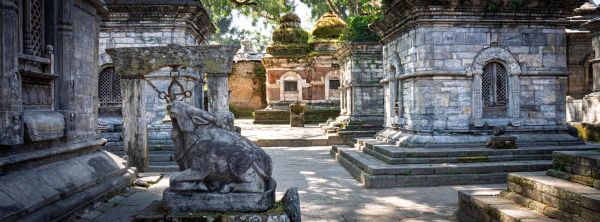
Hanuman Dhoka Durbar Square: Festival Preparations
Later in the day, I ventured to Hanuman Dhoka Durbar Square, the historic heart of old Kathmandu. This UNESCO World Heritage Site was once the royal palace of the Malla and Shah kings who ruled over the city. The name Hanuman Dhoka comes from the stone statue of the Hindu deity Hanuman, covered in a thick red paste and cloaked, standing at the entrance to the palace.
The square was alive with activity – the city was preparing for Tihar, the festival of lights (known as Diwali in India). This five-day Hindu festival honors different animals and deities each day, culminating in celebrations of the bond between brothers and sisters. The atmosphere was electric with anticipation.
The ancient temples and palace buildings that surround the square showcase the extraordinary skill of Newari craftsmen. Intricately carved wooden windows, doors, and pillars adorned every structure. I was particularly struck by the detailed woodwork – centuries-old carvings that seemed impossibly delicate. A young boy sat in contemplation against one of these ornately carved doorways, his casual presence against such historic architecture capturing the living quality of these ancient spaces.
Garlands of marigolds hung everywhere, their bright orange and yellow blooms creating cascading walls of color. These flowers, considered sacred in Hindu tradition, are essential offerings during festivals. Vendors sold them in massive quantities, and their pungent, earthy scent filled the air. The marigolds would be used to create rangoli patterns, decorate homes and temples, and honor Lakshmi, the goddess of wealth and prosperity.
The stone courtyard was being swept and cleaned, temples were being adorned with fresh flowers and oil lamps, and everywhere people were preparing for the festivities. A particularly striking image of Kala Bhairava – the fierce manifestation of Shiva – was freshly decorated with flower garlands. His terrifying face, adorned with multiple eyes and a protruding tongue, is believed to have the power to make liars confess their sins.
The Nandi bull statues that guard various temples wore their own flower garlands. As Shiva's mount, Nandi holds special significance, and seeing these ancient stone sculptures draped in fresh marigolds was a beautiful juxtaposition of the eternal and the ephemeral.
Despite the devastating 2015 earthquake that damaged many structures in the square, there's been remarkable restoration work. Yet evidence of the disaster remains – piles of carefully numbered stones waiting to be reassembled, temples still under scaffolding. The resilience of the Nepali people was evident in how they continued their traditions and preparations around the ongoing reconstruction.
You Might Also Like...
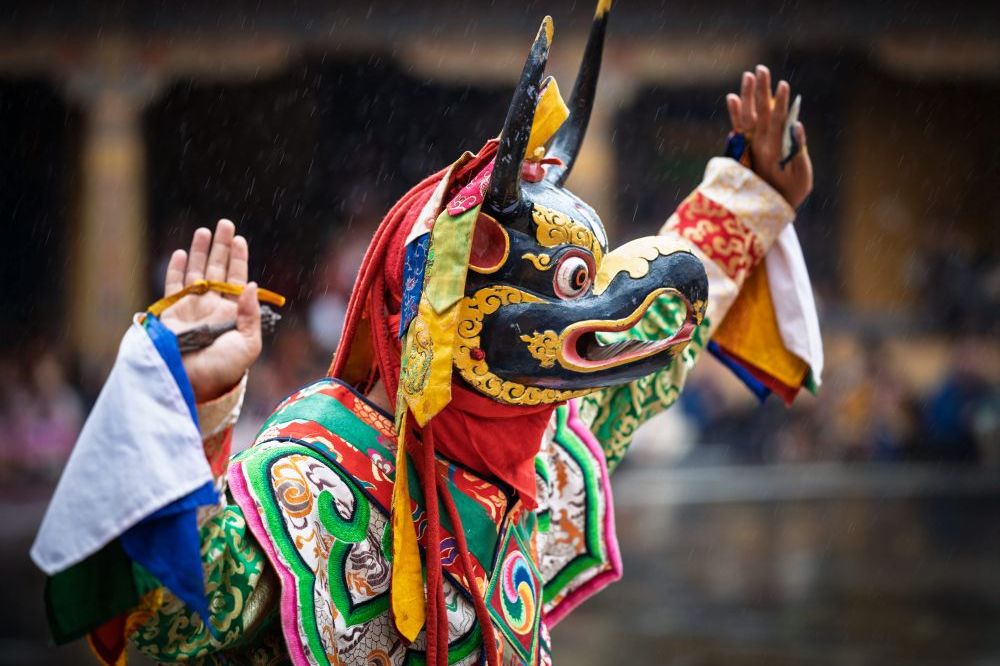
Posted on 30/10/25
Bhutan - Day 14 - Sacred Dances and A Final Bhutanese Blessing
Day 14: Sacred Dances in the Rain - A Final Bhutanese Blessing
The pre-dawn darkness of our last full day in Bhutan found us preparing to leave Paro, our destination a traditional festival in Choekor winding along the AH-48 road through the mountains. As our bus climbed into the highlands, the heavens opened, draping the landscape in sheets of rain that would become our constant companion for the journey.
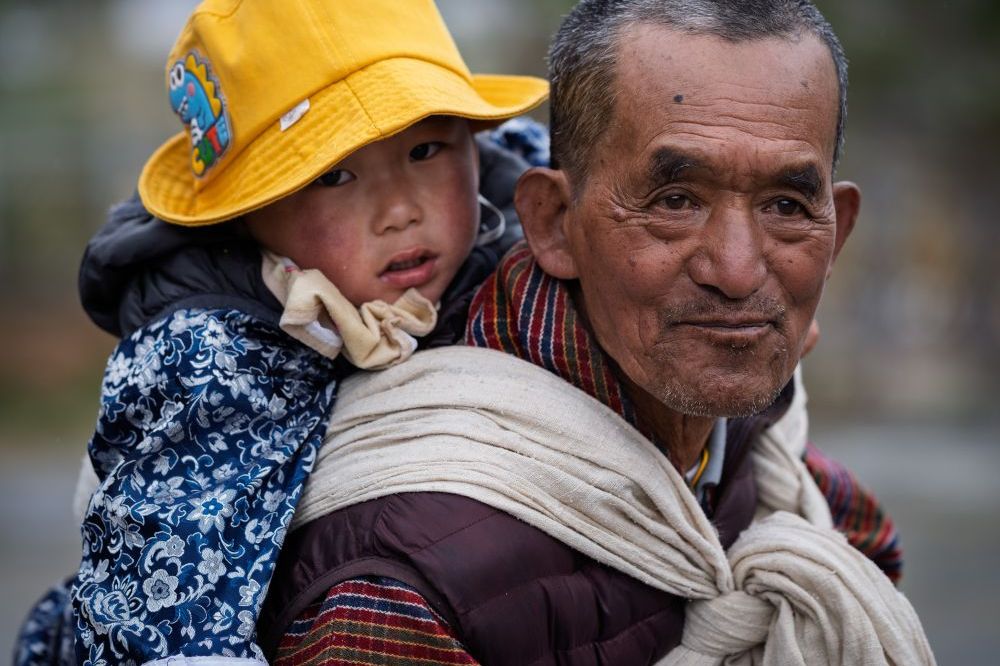
Posted on 29/10/25
Bhutan - Day 13 - Haa Festival - Sacred Dances in the Rain
The journey from Paro to Haa Valley proved to be one of our most dramatic drives yet. Climbing to 3,998 meters at the Chele La Pass, we crossed into a different world before descending for 1.5 hours into the remote Haa Valley. The landscape unfolded beneath us, watched over by the imposing Meri Puensum—three sacred hills that dominate every view in the valley.
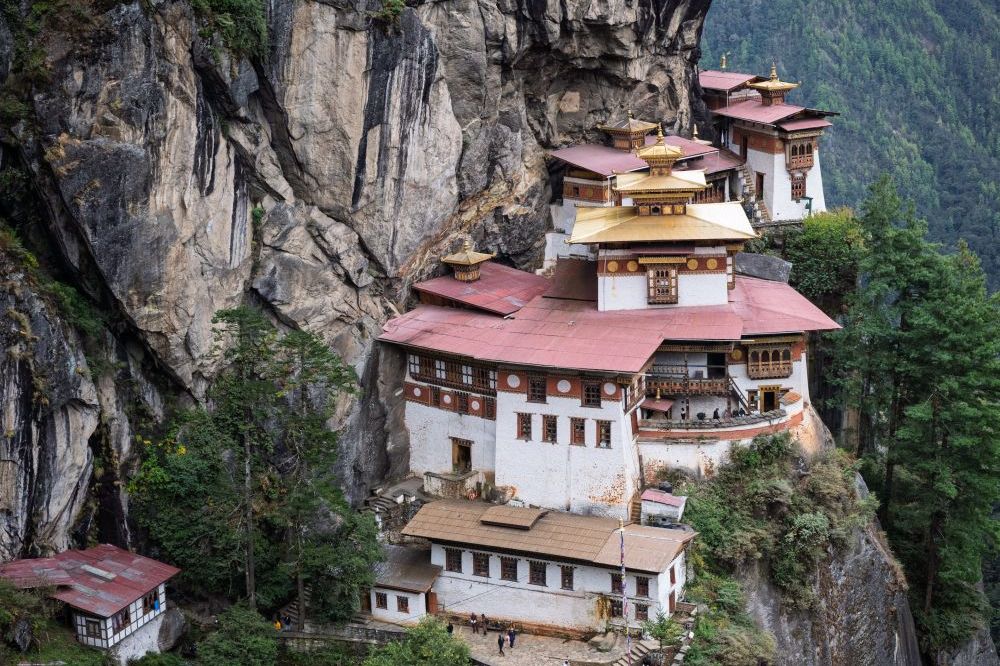
Posted on 28/10/25
Bhutan - Day 12 - The Tiger's Nest – A Pilgrimage to Bhutan's Most Sacred Site
Day 12: The Tiger's Nest – A Pilgrimage to Bhutan's Most Sacred Site
The alarm went off early today, but there was no reluctance in getting up. This was the day I'd been anticipating since we first started planning this trip: the hike to Paro Taktsang, the Tiger's Nest Monastery, Bhutan's most iconic landmark and one of its most sacred Buddhist sites.

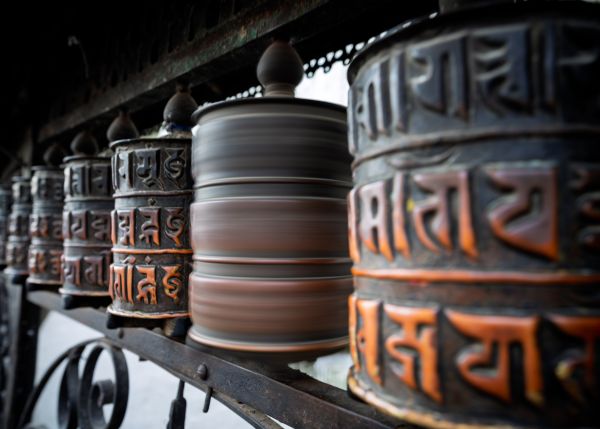
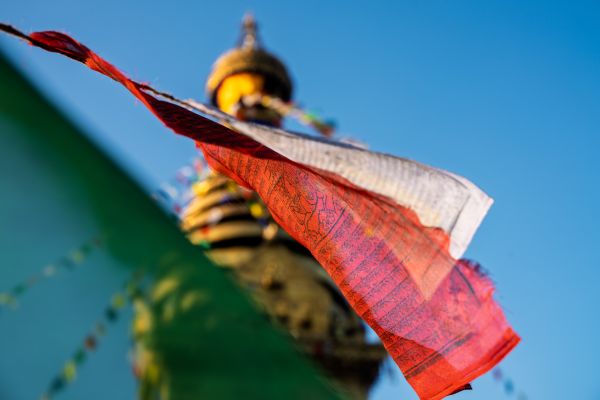
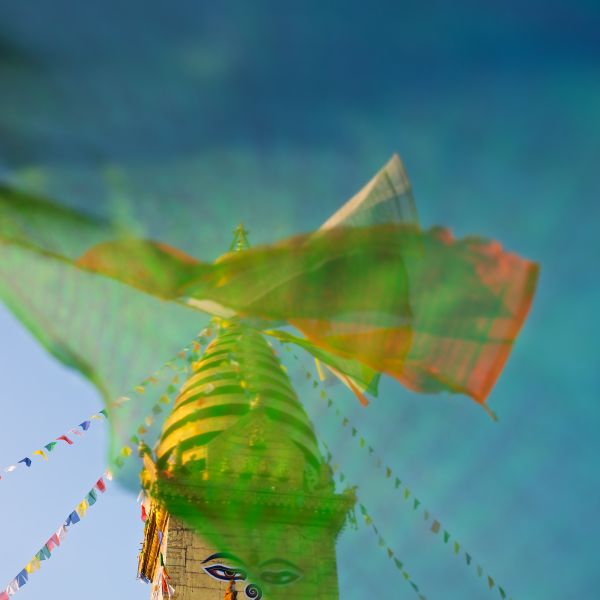
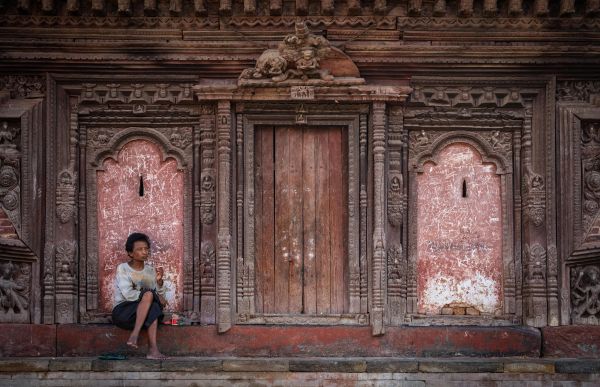
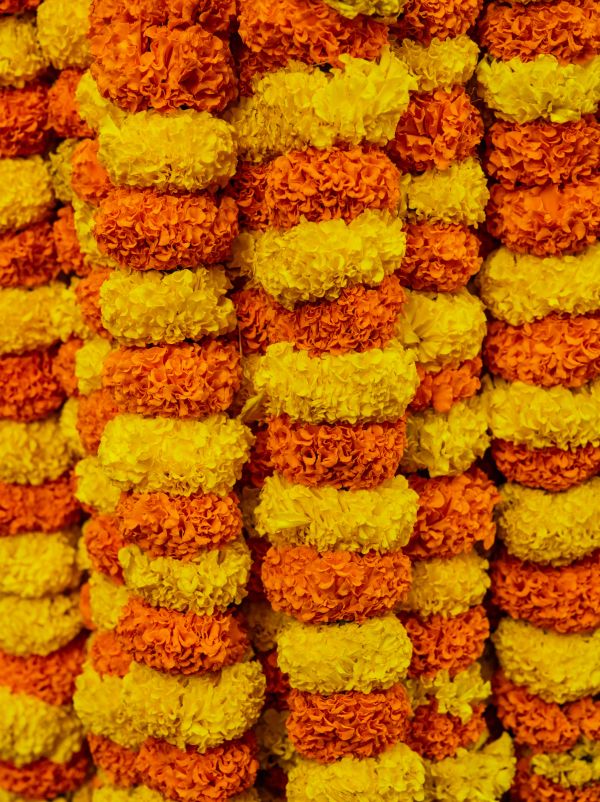
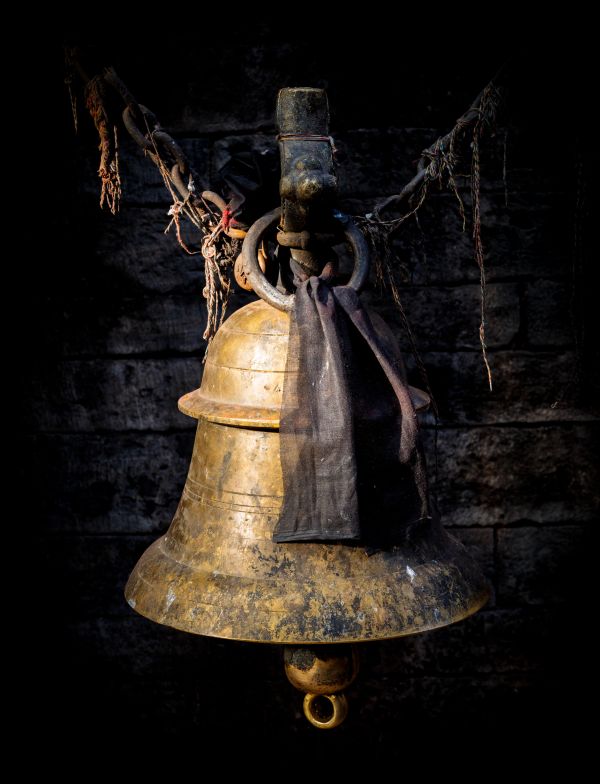
Leave A Comment
Please submit your comment below. No registration required.